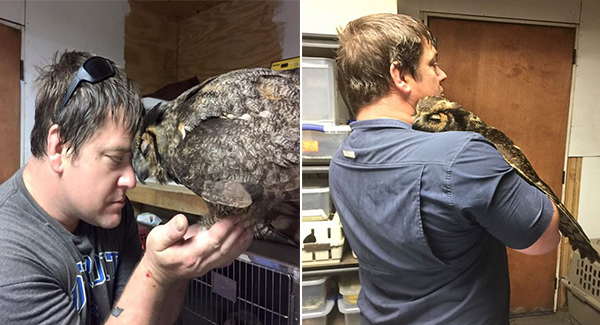Introducing the rufous-crested coquette hummingbird, this bird sports a fairytale-esque crown that is like no other.

Even within the charismatic hummingbird family, the tiny, rare, ornately plumaged Rufous-crested Coquette is a standout birders’ favorite. The male Rufous-crested Coquette is most easily recognized by its long rufous-orange crest, as well as its green gorget (throat patch) with rufous cheek tufts and white throat feathers, and its conspicuous pale rump-band.

The female is similar to the male but has a rufous-orange forecrown without a crest and lacks the male’s gorget. Coquettes (of the genus Lophornis) are some of the very smallest members of the hummingbird family and are often described as having a “beelike” flight, with the result that they are sometimes mistaken for flying insects!

The natural habitats of the rufous-crested croquettes are moist lowlands that lie in the tropics. They have also been spotted in montane forests and heavily degraded and formerly forested areas. The Central American species was first discovered in 1839. While in South America, they were spotted almost a century later, in 1921.

Rufous-crested Coquettes primarily feed on nectar taken from a wide variety of brightly colored, scented small flowers on trees, herbs, shrubs, and epiphytes. Favoring flowers with high sugar content these birds aggressively protect those areas containing high-energy nectar. They use their long, extendible, straw-like tongues to retrieve the nectar while hovering with their tails cocked upward. They have also been known to sometimes dine on insects and spiders.

Like all hummingbirds, the rufous-crested coquettes are solitary for almost their entire lives. They only come together at the time of ᴍᴀᴛᴛɪɴɢ. However, the act is as far as the male is involved. The birds have no flocks or pairings. The males take no part in the nesting process.

During the breeding season, which is pretty much all your round, a cup-shaped nest is built by the female out of plant fibers woven together and green moss. It is usually built in a bush, shrub, or small tree. She lines it with soft plant fibers, animal air, and feather-down. She lays one white egg within, then feeds her chicks regurgitated insects once they have hatched. After about 20 days the chicks are fully-fledged. Pretty much the only part of the breeding process the male is involved in is the act of ᴍᴀᴛᴛɪɴɢ itself.








